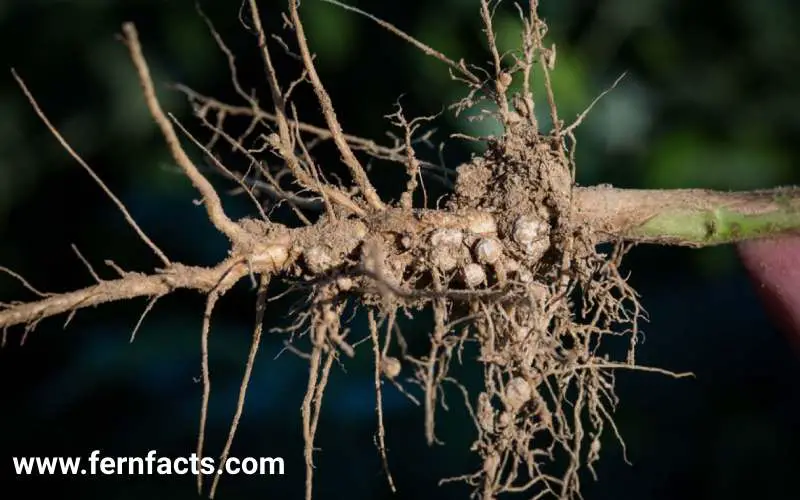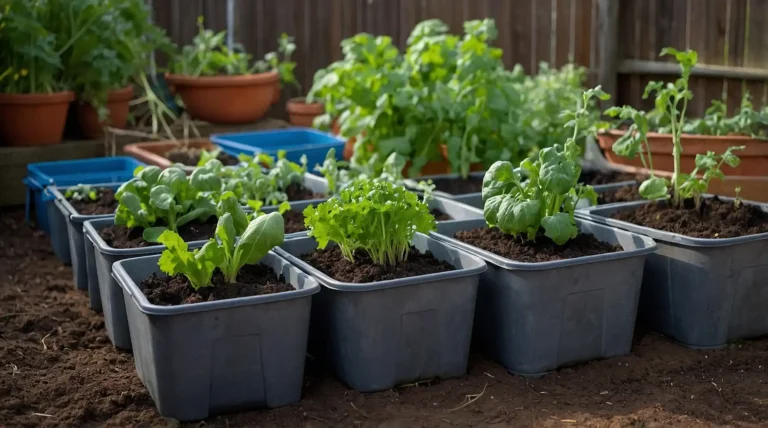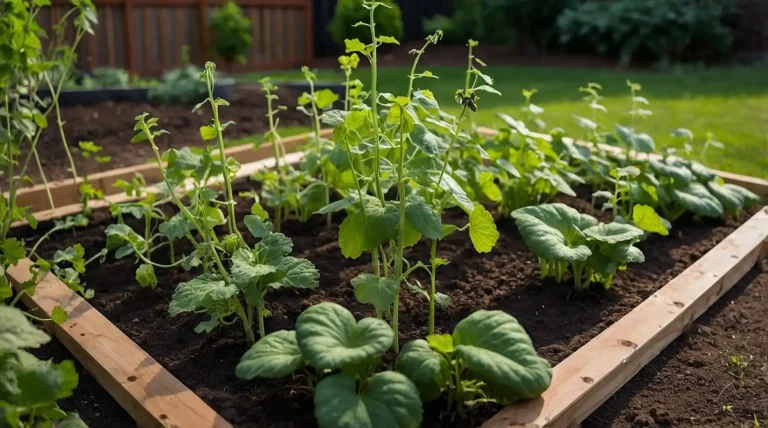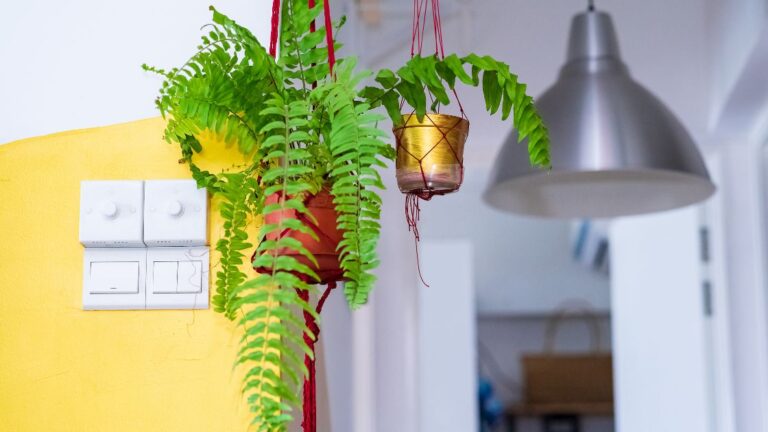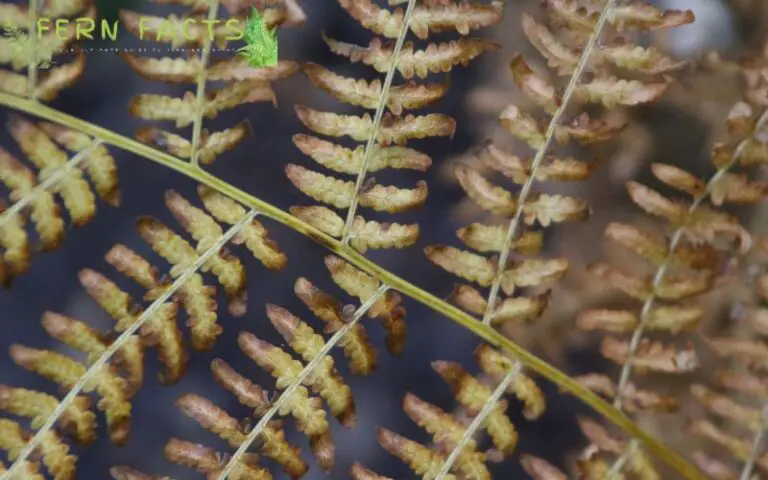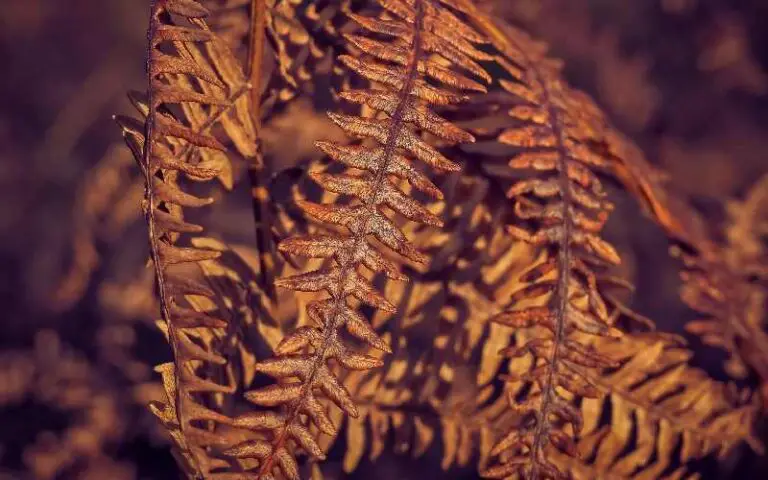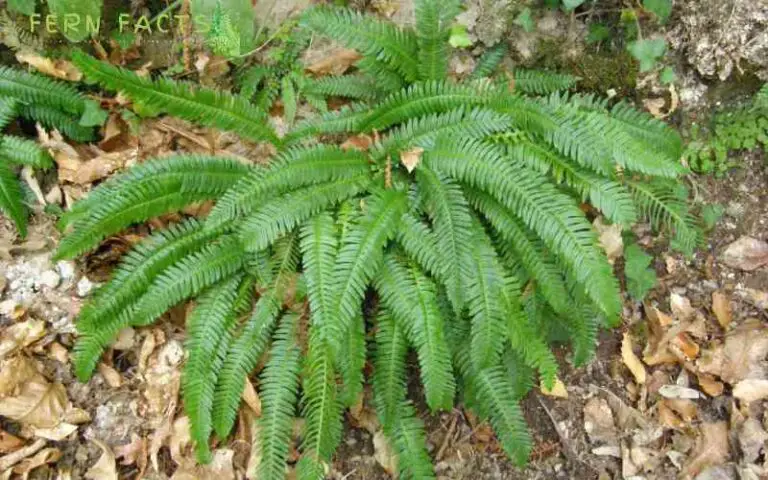Root Nodules on Boston Fern: What Are the Balls on Roots of Fern Plants
Have you noticed brown-colored small rounded balls on your Boston fern’s root? Don’t be afraid of it. In general terms, it’s called root nodules or bulbils.
If you want to know more about root nodules, then follow this article. I’ll discuss what root nodules are and whether they are harmful to Boston ferns.
Apparently, I’ll also give you suggestions on how to propagate Boston ferns with root nodules. By understanding all these things, hopefully, you can have healthy growing Boston ferns in your place.
Overview of Boston Fern
- Botanical name: Nephrolepis exaltata
- Common names: sword fern, fishbone Fern, bluebell, etc.
- Plants: Evergreen
- Native range: America
- Native habitats: moist shady locations like humid forests, swamps, and floodplains
- Shade requirements: partial shade or full shade
- Height: 20 to 98 inches
- Soil pH: acidic soil (6.0 to 6.5),
- Soil type: moist well-drained, drought tolerant
Boston Ferns are renowned ornamental plants that are famous among all plant lovers. These ferns are also known as sword fern or blue bell Fern, tuber ladder Fern, or fishbone Fern in many local regions.
In general, these ferns can grow to an average height of around 40 to 60 centimeters. However, in very rare situations, these ferns can grow up to 1.5 meters.
Similar to most other ferns, they really like moist, shady places, just like their natural habitats. Nonetheless, Boston fern’s soil can also tolerate drought but not for too long.
They need damp and humid soil that is neither too dry nor soggy. At a minimum, they need 70 to 80% humidity around the atmosphere.
They are more likely to get frozen during the cold season as they love the warm humid atmosphere.
What Are Root Nodules of Boston Fern
Root nodules are basically small brown nodular structures that are visible to the Boston fern’s root. These nodules are connected with Rhizobia which appears in their growing seasons.
Mostly at the end of their growing season like summer and autumn, these balls are slightly to appear in their root.
These nodules are helpful as they contain rhizobia, which are also known as nitrogen-fixing bacteria. This nitrogen fixing bacteria helps Boston ferns to surplus nitrogen for their growing and developing purposes.
Is Root Nodule Harmful for Boston Fern?
Well, no! These balls are not harmful. These nodules or bulbils are the natural essentials that they produce to sustain in the hard environment.
It’s sort of a good sign that your ferns are healthy if they have bulbils or nodules on them. These nodules help to hold the moisture during the drought or cold season so that roots can get hydrated during those times.
Similarly, it also helps soil to absorb sufficient nutrients that help ferns in their growing process. Ultimately, it’s a healthy symptom of ferns that have a binary relation with fungi.
Since it’s a co-relationship between fungi and plants where fungi help the plants to facilitate nutritional benefits. Thus, this healthy relationship helps Boston ferns to have robust growth during their growing seasons.
How to Do Propagation of Boston Ferns With Nodules
Well, the root division process can be used for propagating Boston ferns with root nodules.
- First, collect your nodules Boston ferns, and remove them from their previous pot. Gently remove the whole root balls from the pot. Now identify each root nodule from that root system. Usually, these root nodules look like small balls that are mostly brown to black in color.
- Keep that aside and now prepare the soil for planting purposes. For mixing the soil, simply add peat moss, natural perlite, vermiculite, leaf mold, and organic matter as well.
- Now you need to divide roots for propagation. Take at least three root nodules along with attaching root proponents in them. It will give you a higher chance of having better results.
- Afterward, plant these root nodules with your new potting soil. Slightly press the root nodules to attach them to the soil; be sure that root nodules are partially covered in the pot.
- Now, cover the pot with a plastic bag and place them in a shaded place. It will provide them with a sort of greenhouse effect.
- Make sure the temperature is between 59°F and 68°F.
- After a few months, you will notice free growth in your Boston ferns. When you notice a fresh growth, remove the plastic bags and relocate them to a normal indoor location.
- You can also plant it in a larger container once they are well established.
- Start the regular growing requirements for having healthy thriving Boston ferns at home.
FAQ
What Causes The Formation Of Root Nodules On Boston Ferns?
The root nodules on Boston Ferns are caused by the presence of symbiotic bacteria, such as Rhizobium, that form a mutualistic relationship with the plant. These bacteria help the ferns by fixing nitrogen from the air into a form that the plant can use, in return for nutrients and a suitable environment provided by the plant.
Are Root Nodules On Boston Ferns Harmful?
No, root nodules on Boston Ferns are not harmful. In fact, they are beneficial, as they help improve the plant’s nitrogen uptake and promote healthier growth. Root nodules indicate that the plant is forming a symbiotic relationship with nitrogen-fixing bacteria, which is good for the fern’s overall health.
How Do Root Nodules Benefit Boston Fern Plants?
Root nodules benefit Boston Fern plants by providing them with a source of fixed nitrogen, an essential nutrient for plant growth. The bacteria within the root nodules convert atmospheric nitrogen into a form the plant can use, thus supplementing the plant’s nitrogen requirements and promoting healthier foliage and overall growth.
Can I Remove Root Nodules From My Boston Fern?
Removing root nodules from your Boston Fern is not recommended as they play a vital role in the plant’s nitrogen uptake. Removing the root nodules may disrupt the symbiotic relationship between the plant and the nitrogen-fixing bacteria, potentially harming the plant’s growth and overall health.
How Can I Promote The Growth Of Root Nodules On My Boston Fern?
To promote the growth of root nodules on your Boston Fern, you can ensure that the plant is placed in a suitable environment with adequate light, water, and nutrients. Avoid over-fertilizing the plant, as this can hinder the development of root nodules. Additionally, using a nitrogen-fixing inoculant when repotting the fern can help introduce beneficial bacteria that can enhance nodule formation.
Wrap Up
In short, Boston fern root nodules are very effective for their healthy and robust growth. These root nodules help the plant absorb nutrient benefits.
Further, it also holds moisture during periods of drought or cold season, providing beneficial hydration to the plant.
You can follow the above-mentioned guidelines to propagate your root nodules Boston ferns. Hopefully, you can use this acknowledgment and give your Boston ferns the right care so they can grow vibrantly in your house.

